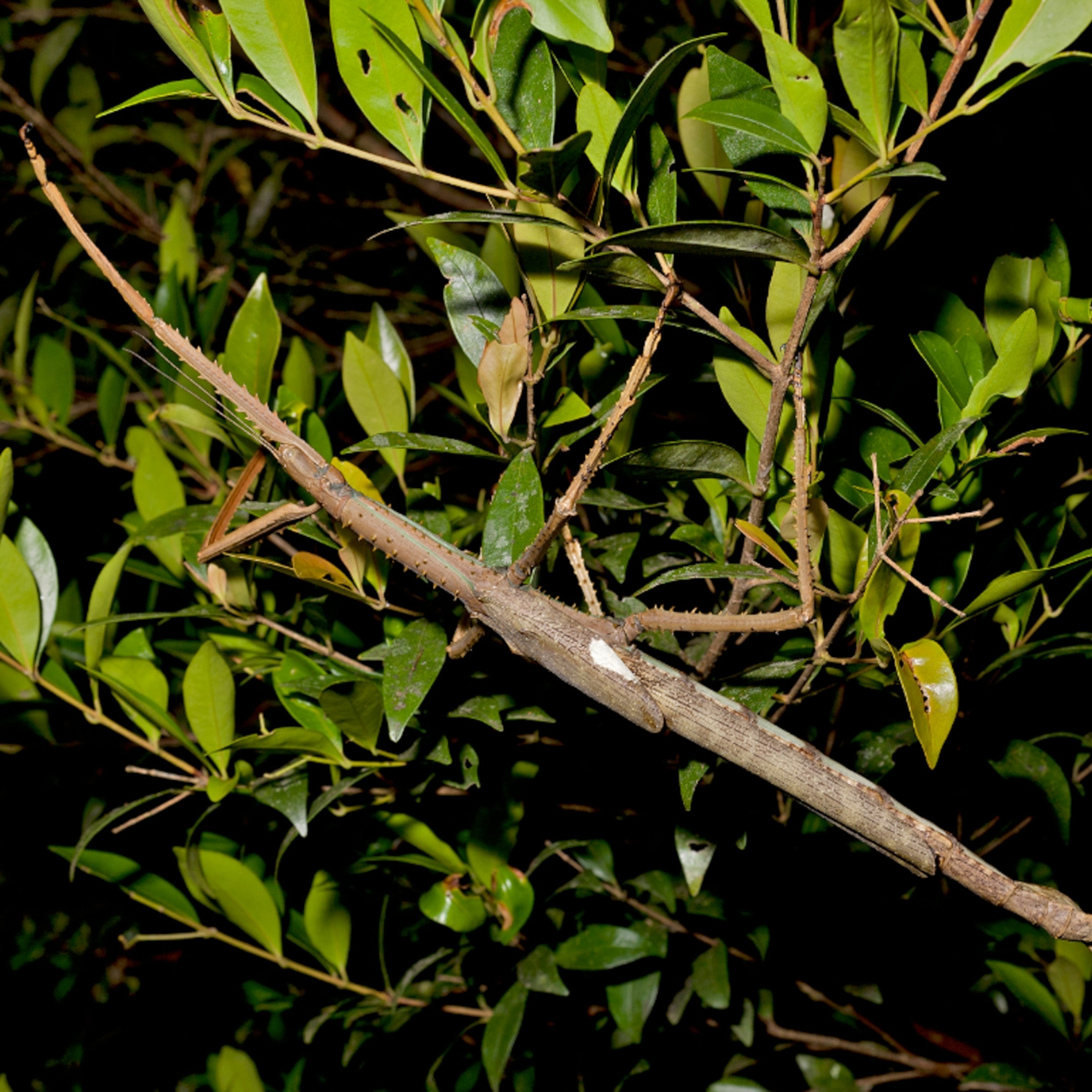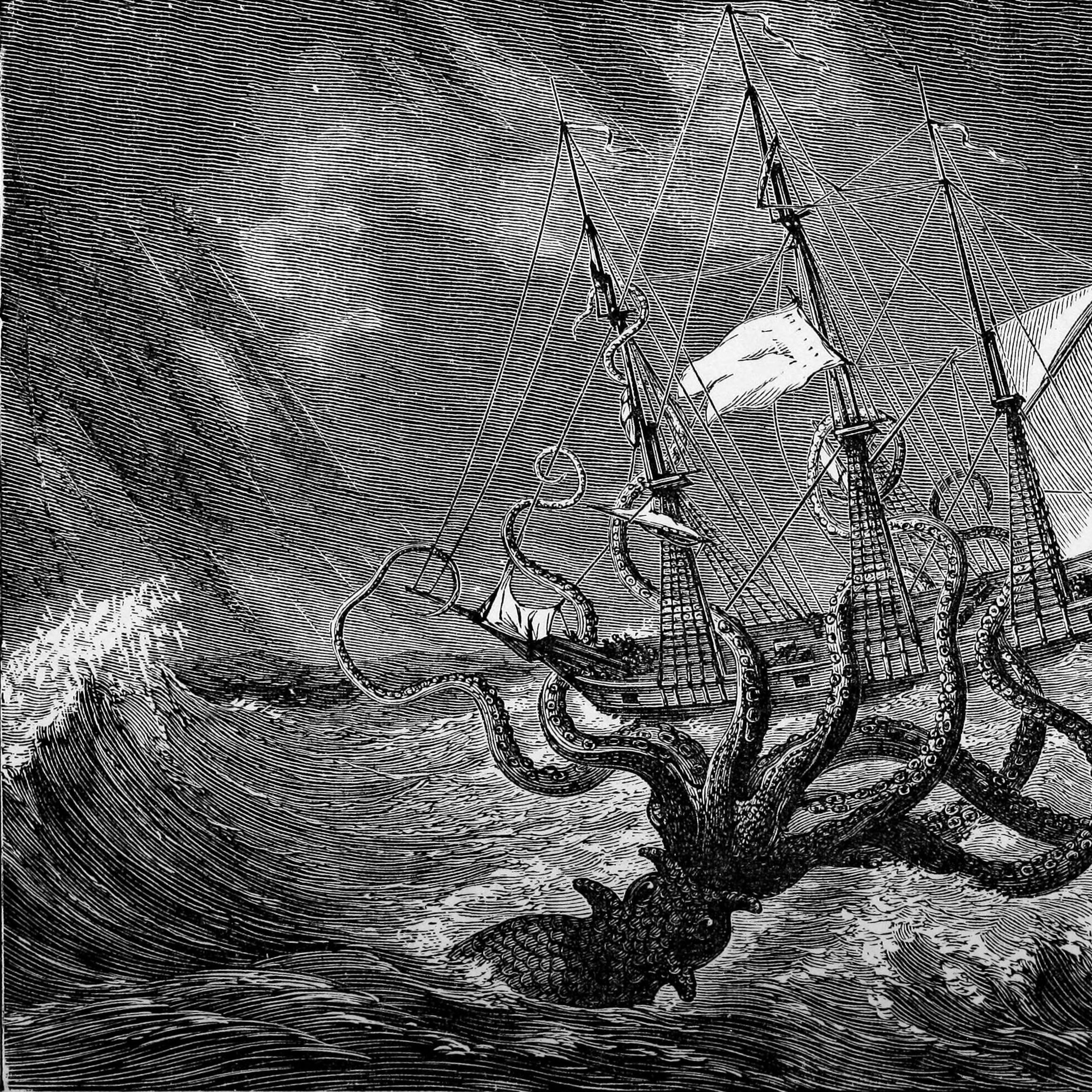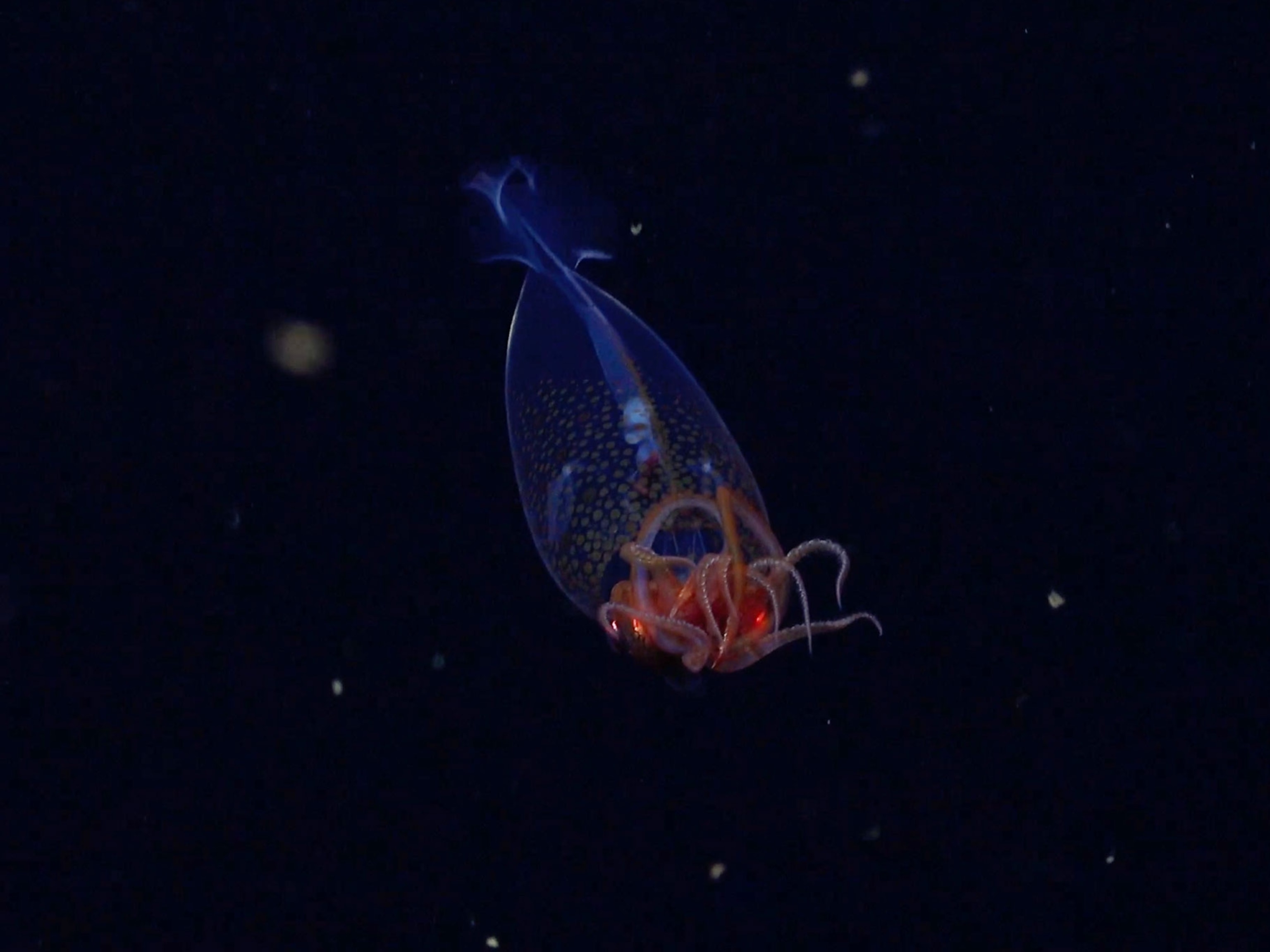"Colossal Squid" Revives Legends of Sea Monsters
An enormous squid caught near Antarctica is seen by some as proof that the terrifying sea monsters of mythology may have had a basis in reality. But scientists say this strange giant rarely seen that this is the only documented sighting of it alive is not the terrifying, ship-sinking behemoth of sailors lore.
Last month fishermen in the icy Ross Sea encountered a deep-sea giant.
Almost 20 feet (6 meters) long, with spiked tentacles and huge, protruding eyes, it was feeding on Patagonian toothfish caught on longlines set by the fishermen.
The creature was hauled aboard and taken to New Zealand for analysis. This confirmed the encounter as the first live sighting of a colossal squid.
Usually called Mesonychoteuthis hamiltoni,scientists who examined the Ross Sea specimen coined the term "colossal squid" to distinguish it from giant squid (Architeuthis). They say the species is the biggest and most fearsome squid known to science and could grow to 40 feet (12 meters) in length—longer than a whale.
Thought to be only the second intact example ever recovered, the massive cephalopod was armed with two huge beaks and rotating hooks along its tentacles.
This latest find has revived interest in sea monster legends of old. Could it be such monsters really existed, and still exist today?
Scientists who identified the Ross Sea squid have fueled such speculation.
New Zealand squid expert Steve O'Shea, from Auckland University of Technology, has described the squid as "a true monster." He told the BBC: "Giant squid is no longer the largest squid that's out there. We've got something that's even larger, and not just larger but an order of magnitude meaner."
Auckland University of Technology research associate Kat Bolstad, also talking to the BBC, added: "This animal, armed as it is with the hooks and the beak that it has, not only is colossal in size but is going to be a phenomenal predator and something you are not going to want to meet in the water."
Other scientists dismiss such claims.
Richard Ellis, author and research associate at the American Museum of Natural History, said the colossal squid "is no more a monster than Architeuthis is."
He added: "I wrote The Search for the Giant Squid to try and dispel some of the crazy ideas that this cephalopod is in any way dangerous to humans, and the same holds true for Mesonychoteuthis."
Sea Monsters
Some of the earliest tales about huge, tentacled sea monsters date back to the 12th century when Norwegian seafarers described an awesome beast called a Kraken.
By the 18th century the Kraken still had a fearsome reputation. In The Natural History of Norway, the Bishop of Bergen likened it to a "floating island," adding, "It seems these are the creature's arms, and, it is said, if they were to lay hold of the largest man-of-war [a ship], they would pull it down to the bottom."
Over time the reputed size of these "monsters" was scaled down considerably, but stories persisted. An alleged encounter between a giant squid and a French naval vessel was the basis for Jules Verne's "squid of colossal dimensions" which was featured in Twenty Thousand Leagues Under the Sea.
There is also an account of sailors being attacked by a giant squid after their ship sunk during the Second World War. At least one sailor was supposedly eaten. And even this year, French yachtsmen taking part in the appropriately named Jules Verne Trophy reported that a 26-foot-long (8-meter) squid clamped itself to their boat.
An early description of what is thought to be Mesonychoteuthis hamiltoni appeared in an article entitled Hunting Sea Monsters in 1953. It was, Gilbert Voss wrote, "a squid that could qualify in the most lurid deep-sea drama."
There is some truth to this observation. Whalers who once worked the southern oceans were well aware of "deep-sea dramas" played out between colossal squid and sperm whales which fed in Antarctic waters. The whalers often discovered giant squid beaks inside the stomachs of these whales.
Professor Paul Rodhouse, head of biological sciences at the British Antarctic Survey, says whalers also noted deep scars and circular marks around the heads of their quarry.
"It's certain these were caused by the suckers and hooks of big squid," he said. "The whales would suffer quite a lot of damage in subduing Mesonychoteuthis hamiltoni."
Whale Stories
However, Rodhouse is quick to scotch stories about such squid killing and even eating sperm whales.
"Whalers could see the damage these squid caused so it was well known what was going on, but the stories got elaborated and expanded on," he said. "The only sperm whales that go into Antarctic waters to feed on these creatures are the large bulls. These are very powerful predators and my guess is they would be able to capture even the biggest squid."
Richard Ellis also believes such stories have been blown out of proportion.
"This creature, like Architeuthis, is probably a deep-water dweller," he said. "What earthly—or oceanic—reason would a squid have for attacking a ship? I think both these squid are fish-eaters. The long tentacles of Architeuthis and the hooks ofMesonychoteuthis support this contention, and do not indicate any predilection to attack whales, people or ships."
Rodhouse is more concerned about the colossal squid than the fate of humans who may encounter one. In particular, he is worried about the recent influx of fishing vessels into Antarctic waters that target Patagonian toothfish. He says the fish is a major prey species for colossal squid.
"The fish can grow to over 2 meters (6 feet) but it's being overfished in many parts of the southern ocean," he said. "Toothfish and these squid form part of a deep water ecosystem that we know virtually nothing about—yet were are already exploiting it with commercial fisheries."
At least the colossal squid isn't likely to join toothfish on the seafood menu. Calamari as big as car tires might sound an appetizing idea, but jumbo-sized squid usually contain high levels of ammonia and their meat is said to taste like floor cleaner.








